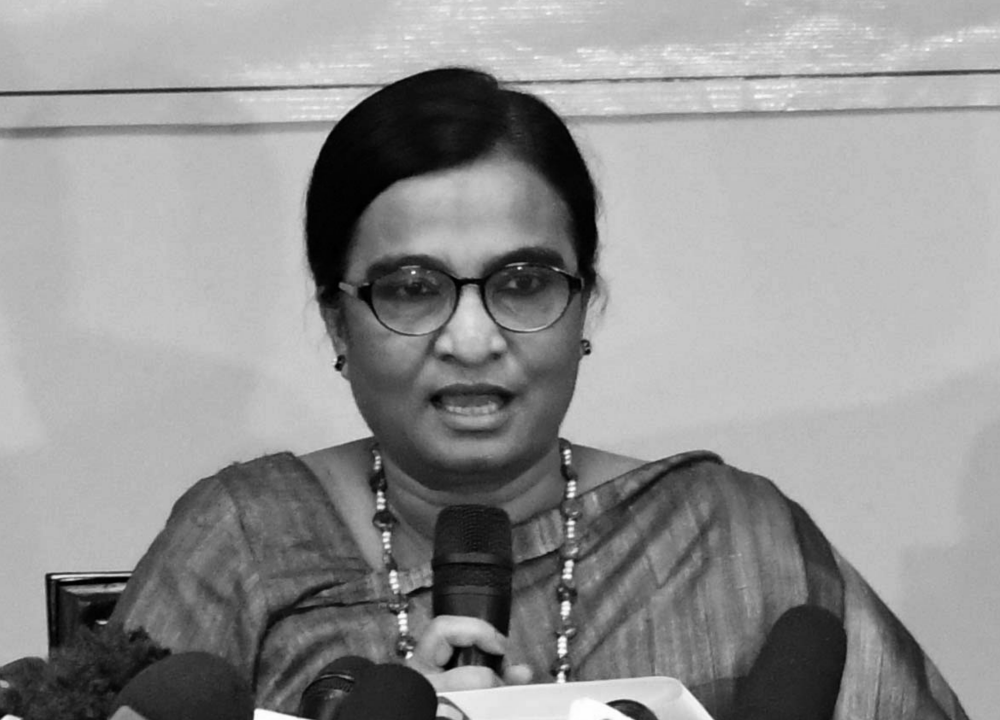Is Covid-19 virus infection in Bangladesh the deadliest in the world?
A look at the abnormally high Covid-19 death rate in Bangladesh suggests that there are likely to be far more cases of infected people than the government admits.

The Bangladeshi authorities say that, as of March 26th 2020, they have tested a total of 920 people — of them, 44 people have tested positive for Covid-19 and 5 people have died. This is a death rate of 11.3%, which means that a person in Bangladesh has, on these figures, more than a 1 in 10 chance of dying from the disease if they get infected. If these figures were true, this would make the virus infection the deadliest in the world. Although the numbers are small, the Covid-19 death rate in Bangladesh is nearly three times higher than the global average, which stands at just over 4.4%, and eight times higher than the death rate in the United States, which stands at 1.4% (as of March 26th). The only other country in the world with a death rate close to Bangladesh is Italy, 10%.
The most likely explanation for such a high death rate in Bangladesh is that a high number of people who have contracted the virus have not been tested. On the basis of the same number of deaths, a higher number of detected infections would mean a lower death rate. So what would be the total number of Covid-19 infections in Bangladesh if the numbers of deaths remained at 5 but where the death rate was similar to that of other countries? Assuming the rate in Bangladesh was the same as the world average, then the actual number of people with Covid-19 infection in the country would now be about 113. However, if Bangladesh’s rate was the same as that in the US, the number of cases would be higher at 357.
It is quite plausible that there are more infected people in Bangladesh than the official figures suggest because the Bangladeshi authorities have been relying on only one testing facility at the Institute of Epidemiology, Disease Control and Research (IEDCR) in Dhaka, and tests were only given to those who were symptomatic and had a direct relation with a person who had arrived from abroad and had already tested positive. In other words, the pool of people in Bangladesh who were tested for Covid-19 until now, is very small.
Based on the epidemiological model devised by the Imperial College Covid-19 response team in the United Kingdom, a group of Bangladeshi and US-based researchers produced a projection report estimating the possible number of Covid-19 cases, hospitalisations and deaths in Bangladesh. What was their forecast about the number of infections and deaths on March 26th?
It is important to note that this forecast about the Covid-19 situation in Bangladesh is a worst-case scenario, assuming no suppression and mitigation measures by the Bangladesh government, and has not yet been peer reviewed.
The first reported death from Covid-19 virus in Bangladesh was on March 18th, and the Bangladesh projection assumed that the epidemic started in the country with the entry of a person six weeks earlier on February 2nd. Based on the assumption that each infected person would pass on their infection to an average of 2.4 people, the projection suggests that on March 25th, there would be 32,031 infected people — of them, 8,065 would show symptoms, 103 would need hospitalisation, 5 would need critical care, and 2 would die. It is especially notable that the number of deaths according to the estimate is half the actual, official number of deaths in Bangladesh. This is an indication that the researchers — who concluded that the worst-case scenario would result in over 500,000 deaths — may have slightly underplayed the possible impact of the Covid-19 virus in Bangladesh. Their projection suggests that the number of deaths would reach five on March 30th.
What would be the level of impact of Bangladesh government’s current attempts at creating social isolation/distancing within Bangladesh to tackle the Covid-19 epidemic?
There have been no studies specifically looking at this question about Bangladesh. The original Imperial College study looked at a number of different suppression strategies (non-pharmaceutical interventions) including school and university closure; 7 days of home isolation for symptomatic cases; 14 days of quarantine of all members of a household if one member was symptomatic; social distancing of the entire population; and, social distancing of those over 70 years, for a longer period. It found that in the UK, there could be a very significant reduction in the number of deaths compared to what would otherwise be the case, though the strategies would have to be in place for a considerable period of time to have maximum effect.
It is not clear how such strategies would apply to Bangladesh, considering the conditions in the country. However, the Imperial College model does suggest that to avoid the risk of a tsunami of cases and deaths, Bangladesh needs to deploy well-coordinated and efficiently-enforced suppression strategies to ensure as much social isolation/distancing as possible.●
David Bergman (@TheDavidBergman) — a journalist based in Britain — is Editor, English of Netra News.
🔗 Covid-19: Without government action, over 500,000 may die in Bangladesh
🔗 Impact of non-pharmaceutical interventions (NPIs) to reduce COVID19 mortality and healthcare demand